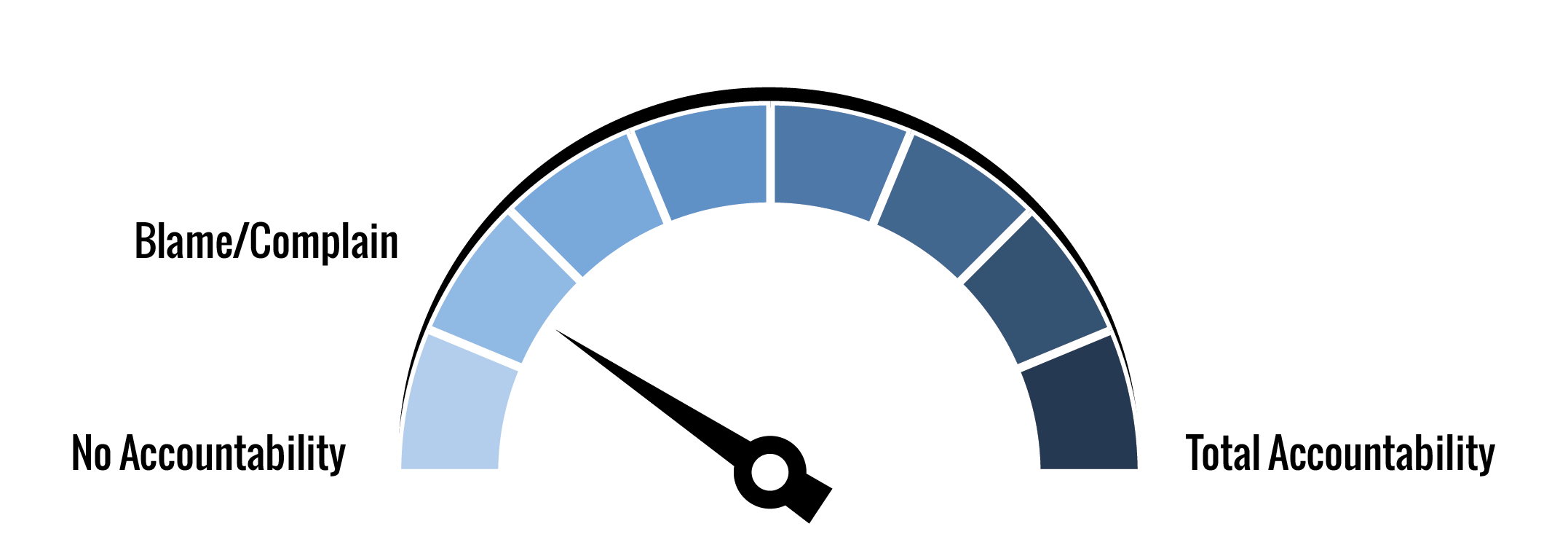Any views or opinions presented in this article are solely those of the author and do not necessarily represent those of the company. AHP accepts no liability for the content of this article, or for the consequences of any actions taken on the basis of the information provided unless that information is subsequently confirmed in writing.
Introduction
For the past year or so, there has been significant public discussion about the media. Is it biased? Is it giving us the facts? Who do we trust? What is an accurate source of information? No matter what one’s political views are, questions are frequently raised as to what the truth really is. Fact checking is increasingly popular, as statements in the press and by politicians are frequently challenged.
The use of social media has increased the number of sources of information we face. It has increased the importance of the questions above and the need to get answers, especially as it relates to health care. As the country considers health care reform and its various ramifications, accurate reporting is of keen importance.
Wikipedia defines media accountability as:
Media accountability is a phrase that refers to the general (especially western) belief that mass media has to be accountable in the public’s interest – that is, they are expected to behave in certain ways that contribute to the public good.
The concept is not clearly defined, and often collides with commercial interests of media owners; legal issues, such as the constitutional right to the freedom of the press in the U.S.; and governmental concerns about public security and order.1
This article will discuss this issue as part of our series on accountability and will present an AHP Accountability Index as it relates to health care.
Reporting the Facts
The old story of the blind men explaining what an elephant looks like is applicable to this topic. One grabbed the elephant’s trunk and described it like a snake. Another the tusk and described a horn like on a Brahma bull. Another grabbed the leg and described a tree. All were perfectly accurate in their description, but failed to holistically describe the elephant correctly.
Today’s health care system is often like this. While a reporter accurately describes an issue (e.g., rate increases) he is reporting only on a segment of the health system and may be missing other key items. For example, why are the rate increases so large? What is causing that? Few seem to get to the issue of the matter while creating significant sensation around the topic. Yes, it sells plenty of newspapers, but is it helping the public understand some of the causes?
Similar situations emerge when talking about alternatives such as single payer systems. Reporters will accurately report the facts about health care costs in other countries with socialized systems, oftentimes pointing out the problems with the US system, but without discussing some of the items that make the comparisons less reasonable. A prior article on the differences in the United States addresses some of these issues.2
Health care is a complex issue and needs to be recognized as such. It is critical that the media take the time to present ancillary issues that help explain the problem.
Minimizing Political Bias
The United States seems to be as polarized politically as it has ever been. The concept of working across the aisle seems to have faded to the point that few expect it to emerge. Recent proposals to reform and repeal ACA show how challenging things are in Washington, DC. Even though the Republicans have the majority, they aren’t even able to come to agreement on their proposals with the minority Democrats standing firm opposing much of what the Republicans have to say.
This polarity seeps into the media. The left leaning press oftentimes sides with the Democrats and tells their story. The right leaning media siding with the Republicans. But what are the facts? What are the issues? What is the right story? The journalistic approach of the past has morphed into opinion reporting without any true commitment to share the facts. It is difficult to find a source of factual based reporting.
A Practical Example
There has been significant discussion about high rate increases for ACA products in 2018. I have shown portions of two articles addressing this issue. The first from a right leaning publication and the second from a left leaning publication. Very interesting differences in these articles.
Insurers Have Requested Astronomical Rate Increases In 2018, Meaning Obamacare Is Going to Become Even More Unaffordable3
TOP TAKEAWAYS
Insurers have started releasing their proposed premium increases for states participating in the 2018 Obamacare individual exchanges, and it looks like Obamacare is going to become even more unaffordable.Among the individual premium rates released, Cigna Health and Life Insurance Company of Virginia announced the highest proposed maximum rate increase at 179.9 percent.
Among the averages of the premium rates released, HealthNow New York requested the highest average rate increase of 47.3 percent.
These rate increases contradict years of Democratic promises that Obamacare would lower the cost of care for Americans.
The second article describes the same situation, but somewhat differently.
Here’s How Much Obamacare Premiums Will Increase in 20184
Individuals would face significantly steeper premium increases if the administration decides to stop funding the cost-sharing reductions, and the Trump administration has been vague about whether they will or won’t. “We are weighing our options and still evaluating the issues,” a spokesperson for the Department of Health and Human Services told the Washington Examiner. “Congress could resolve any uncertainty about the payments by passing the AHCA and reforming Obamacare’s failed funding structure.” (The Hill reported late Wednesday that the secret Senate health care bill would fund the cost-sharing reductions through 2019.)But the Trump administration’s decision to say whether or not they will continue to fund them is doing enough damage. Insurers and state insurance commissioners have stated point blank that all of the uncertainty coming out of the White House and Capitol Hill is leading to more dramatic premium increases.
“Put yourself in an insurer’s shoes. You’re trying to price a product and there is significant debate going on that could shape the future of the product,” Avalere’s Vice President Elizabeth Carpenter tells MONEY.
Meanwhile, actuarial firm Oliver Wyman reports that two-thirds of rate spikes can be attributed to uncertainty about the cost-sharing reductions and the individual mandate.
Although the first article is a Republican document, it doesn’t include information related to the uncertainty of funding for Cost Sharing Reductions (i.e., CSR). It simply talks about the big rate increases and then says how this is so different than that promised by the Democrats.
The second article focuses on the uncertainty of the ongoing funding status of cost sharing reductions and its impact on rate increases.
What are the realities? Why are the rate increases so big? Here are some other reasons not frequently mentioned in the press but part of the actual reality:
- Inadequate initial cost estimates by actuaries back in 2013 that carriers have tried to recover from for the past 5 years
- Losses from eliminated funding of risk corridors (i.e., one of the 3 Rs)
- Delayed implementation of the program (i.e., switched rules)
- Termination of federal reinsurance as scheduled
- Improper risk adjustment process across carriers
- Impact of 3:1 capped age factors on demographic mix
- Unreasonable restrictions on pricing considerations (e.g., metallic level AV calculations)
- Excessive Rx costs of subset of members enrolling in plans (e.g., Hep-C and HIV) that created risk magnets not reflected in risk adjustment process
- Inadequate high-risk pool protection for health plans (e.g., Iowa hemophilia case)
How are we doing?
So how accountable is the media? The following chart summarizes the author’s assessment of AAI for the media for each of the Triple Aim issues.
| Triple Aim Category | Weight | Rating |
| Patient Experience | 0.333 | 25.0% |
| Population Health | 0.333 | 12.5% |
| Cost of Care | 0.334 | 25% |
| Overall | 1.000 | 20.8% |
The first and last categories have been rated at level 2 of the Accountability Ladder (i.e., Blame and Complain). The Population Health aspect is rated the lowest (I.E., no accountability/unaware).
Overall the media has significant opportunity to improve its accountability.
1https://en.wikipedia.org/wiki/Media_accountability.
2https://axenehp.com/makes-america-different.
3https://gop.com/obamacare-premium-rates-expected-to-soar-in-2018.
4http://time.com/money/4826591/aca-premiums-cost-2018.
About the Author

David Axene, FSA, FCA, CERA, MAAA, is the President and Founding Partner of Axene Health Partners, LLC and is based in AHP’s Murrieta, CA office.

Joshua W. Axene, ASA, FCA, MAAA, is a consulting Actuary at Axene Health Partners, LLC and is based in AHP’s Murrieta, CA office.

